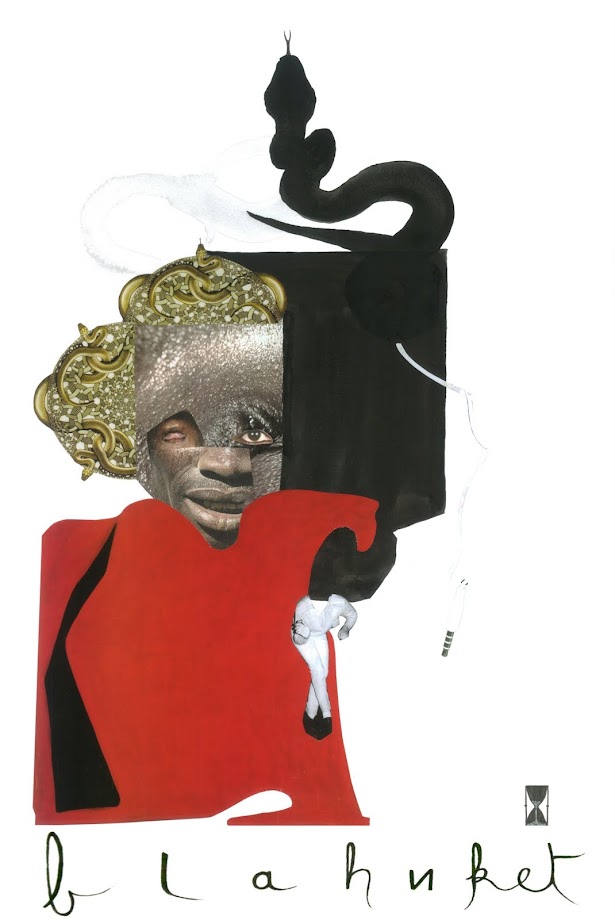In an essay titled "Metamorphoses of Musical Form", Ligeti developed the concept of musical "permeability" according to which a musical structure is "permeable" if it allows a free choice of intervals and "impermeable" if not. Ligeti here considers Palestrina’s music as having "perhaps the lowest degree of permeability" because its handling of consonance and dissonance was the most sensitively defined of all historical styles. Ligeti saw permeability and impermeability of groups, structures, and textures in serial music as substitutes for the form-shaping function of melodic lines, motifs, and harmonies in older styles. Some textures could be layered and juxtaposed; some musical structures will mix with others seamlessly, while other structures will stand out. 'Atmospheres' exemplifies much of Ligeti's theory suspending harmony in favor of sustained sounds. The piece opens with a "fully chromatic cluster covering more than five octaves, held by strings and soft woodwinds", out of which various groups of instruments drop out successively, followed by various "strands of sonic fabric" reenter the composition, first white notes then black notes along with shifts in timbre and duration of notes which drive the piece forward. Consequently,
The whole piece is a study in what Ligeti's essay had called the "permeability" of musical structures, how some will mix with a great many others, some stand always apart; it is also a demonstration of what can be achieved when all the usual regulators, being so finely tuned at the time by other composers, are left open.
Ligeti noted that Atmosphères had a polyphonic structure, but one organized by his own rules. The polyphonic structure, he stated, cannot be heard by the listener, but remains "underwater", hidden from the listener.

No comments:
Post a Comment